+86-0523-83274900
+86-151 9064 3365
Storz Fire Hose Coupling is a standardized quick-connect device used to connect fire hose to fire hydrants, pumps or fire department connections (FDC).
Storz connectors are designed to be "symmetrical" or "gender neutral", that is, two ports of the same diameter can be connected to each other without distinguishing between male and female connectors, thus avoiding the common matching problems of threaded connectors. Its connection method is achieved through interlocking hooks and flanges, and only a quarter turn is required to complete the connection, which is faster than threaded connectors.
Storz connectors are usually made of brass or aluminum, suitable for high-pressure and emergency firefighting scenarios, with good sealing and durability. It is widely used in fire trucks, fire hydrants, sprinkler systems, etc., and is an indispensable component in modern firefighting equipment.
Storz Fire Hose Couplings have two main connection methods: aluminum ring compression and wire binding, but according to the information I searched, aluminum ring compression is generally considered safer than wire binding.
Aluminum ring compression method:
The aluminum ring compression connection method uses a mechanical structure to achieve a quick and secure connection, usually only 1/4 turn is required to complete the connection. This method has good sealing performance and does not cause additional stress or damage to the hose during the connection process. In addition, the aluminum ring compression connection method is designed to be more in line with the safety standards of modern firefighting equipment, such as being able to maintain a stable connection under high pressure and harsh environments.
Iron wire binding method:
Although iron wire binding is also a common connection method, it has some disadvantages. For example, iron wire is prone to rust and is not suitable for long-term storage; the shrinkage rate of the lining layer of the manually bound water hose is not as good as that of the machine winding, which may lead to poor sealing effect. In addition, gaps may be generated during the wire winding process, thereby increasing the risk of leakage.
Safety comparison:
The aluminum ring compression connection method is not only faster to operate, but also more reliable in structure, which can effectively prevent the water hose from accidentally falling off, thereby improving overall safety. In contrast, although the iron wire binding method can also provide a certain fixing effect in some cases, its sealing and durability are not as good as the aluminum ring compression method.
What are the advantages of Storz Fire Hose Couplings during use?
Quick connection: Storz connectors adopt a symmetrical design, without distinguishing between male and female connectors, and can be connected by just a quarter turn, which saves a lot of time compared to traditional threaded connectors.
Strong versatility: All Storz connectors of the same size can be connected freely without worrying about thread matching problems, which improves the efficiency and safety of firefighting operations.
Good sealing: Through the cooperation of interlocking hooks and flanges, Storz connectors can still maintain a tight seal under high pressure to prevent leakage.
High durability: Storz connectors are usually made of brass or aluminum, with good corrosion resistance and strength, suitable for harsh environments.
Easy operation: Connection and disassembly can be completed without tools, which reduces the difficulty of operation and improves the work efficiency of firefighters.
Strong compatibility: Applicable to a variety of firefighting equipment and systems, including fire hoses, fire hydrants, fire pumps, etc.
Save time: In an emergency, quick connection can buy valuable time for firefighters and help improve firefighting efficiency.
Strong adaptability: Applicable to firefighting standards in different countries and regions, especially in international rescue or cross-city cooperation.
How to choose the right Storz Fire Hose Coupling?
Size matching: Storz connectors are usually sized in inches or millimeters, with 1' to 6' being common. When choosing, make sure the nominal diameter of the connector matches the interface of the hose, hydrant, or pump.
Material selection: Common materials for Storz connectors include brass and aluminum. Brass connectors are often used in high-pressure environments, while aluminum connectors are favored for their lightness, corrosion resistance, and low cost. Choose the right material based on the specific application scenario.
Connection method: Storz connectors are symmetrically designed, and there is no need to distinguish between male and female connectors. The connection can be completed by rotating 1/4 turn. This method is not only easy to operate, but also has good sealing, which is suitable for rapid deployment and emergency situations.
Working pressure: Storz connectors usually have a working pressure of 16 BarStorz Fire Hose Couplings are key to ensuring their long-term reliability and safety. Some models can withstand higher pressures (such as 24 Bar). When choosing, make sure that the pressure bearing capacity of the connector meets the needs of the actual use environment.
Compatibility: Storz connectors have wide compatibility and can be freely connected with other Storz connectors of the same size. In addition, a variety of adapters are available for connecting to fire standards in different countries or regions.
Application scenarios: Choose the appropriate connector type according to different usage scenarios. For example, aluminum connectors are suitable for fire services, water tankers and industrial equipment; while brass connectors are more suitable for high pressure and corrosive environments.
Maintenance and inspection: Choose a connector type that is easy to maintain and ensure that its seals and locking mechanisms are in good condition. Check the wear of the connector regularly and use the lubricant recommended by the manufacturer for maintenance.
Regulations and standards: In some countries or regions, Storz connectors must comply with specific fire standards to ensure their reliability and safety in emergency situations.
Special functions: Choose connectors with special functions such as pressure relief connectors, blind caps, angle adapters, etc. according to needs to meet specific installation or operation requirements.
How to repair and maintain Storz Fire Hose Couplings?
The following are detailed maintenance methods:
Daily inspection
Before and after each use, check whether the seals, threads and locking mechanisms of the connectors are intact.
Check the connector for cracks, deformation or wear to ensure its structural integrity.
After use, rinse with clean water to prevent residue from clogging or corroding internal parts.
Check at least once a month to ensure that all parts (such as lugs, sealing rings, etc.) are in good condition.
Lubrication and maintenance
Use lubricants recommended by the manufacturer, such as lithium-based grease, to apply to bolts and springs to maintain their flexibility and sealing.
Avoid using acidic or alkaline chemicals to avoid corroding metal parts or damaging rubber seals.
Regularly check and clean the slide and sealing parts of the connector to ensure that there is no accumulation of debris.
Storage and protection
Avoid exposure to high temperatures, direct sunlight or humid environments during storage to prevent rubber aging or deformation of the seal.
The connector should be stored separately to avoid contact with other objects and prevent collisions or scratches.
Wrap the connector with a soft cloth or protective cover to prevent dust and impurities from entering.
Connection and removal
When connecting, ensure that two connectors of the same size are aligned, rotate 90° clockwise to connect, and rotate 90° counterclockwise to release.
When disassembling, avoid pulling hard to prevent damage to the threads or sealing rings.
When connecting the hose, a soft protective material should be placed on it and it should be tightened with galvanized iron wire or hose clamp to prevent it from falling off.
Troubleshooting
If the joint is found to be leaking, it may be that the sealing ring is aging or damaged, and it should be replaced in time.
If the joint cannot be locked or unlocked normally, it may be that the spring has failed or the bolt is stuck. It needs to be disassembled for inspection and the damaged parts need to be replaced.
For severely damaged joints, stop using them immediately and contact professional maintenance personnel for replacement.
Regular maintenance
Perform a comprehensive inspection every quarter, including cleaning, lubrication and functional testing.
For frequently used joints, it is recommended to perform deep maintenance every six months to ensure their performance.
Keep the joint ventilated and dry to avoid internal corrosion caused by long-term moisture.
Scrapping and replacement
Once the joint is found to have structural defects, severe wear or cannot be repaired, it should be scrapped and replaced immediately.
When replacing, the joint of the same model or meeting the same standards as the original should be selected to ensure compatibility and safety.
It is recommended to purchase connectors through regular channels to avoid using counterfeit and shoddy products.
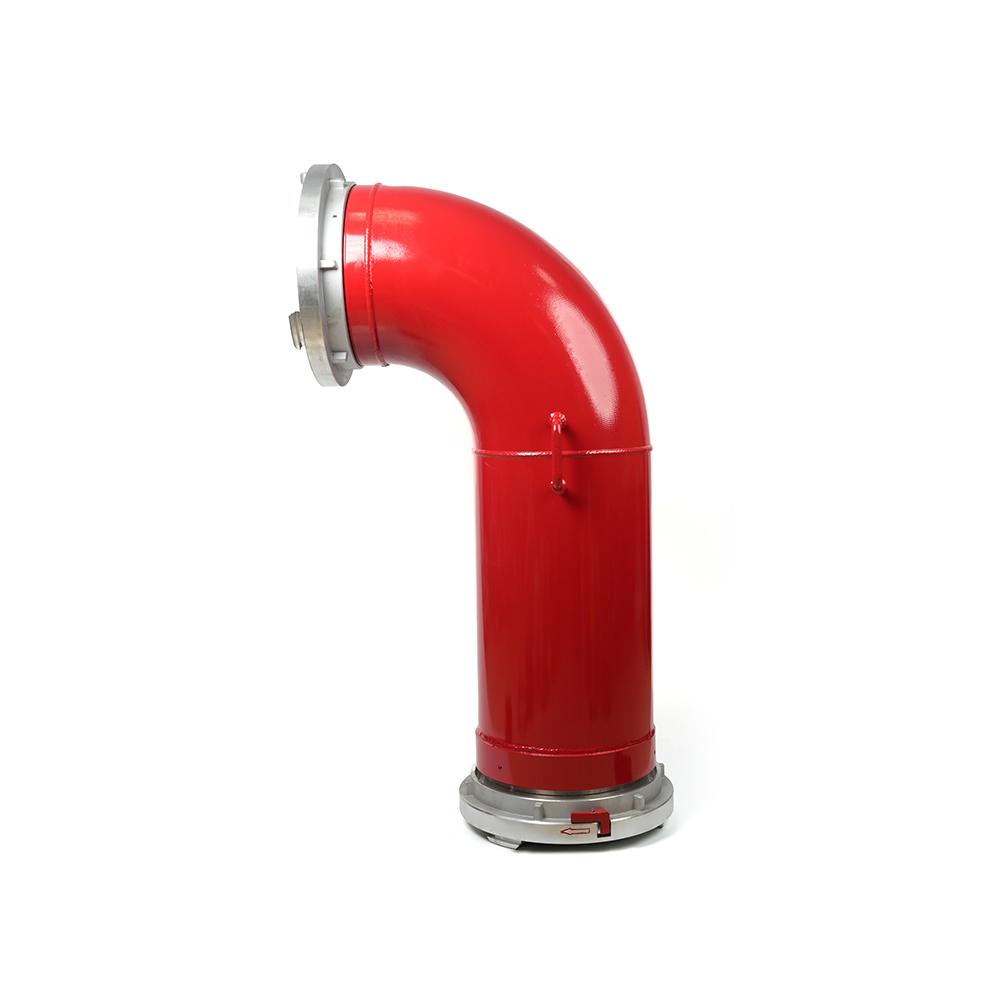 Grooved Fire Elbow-Storz
Grooved Fire Elbow-Storz
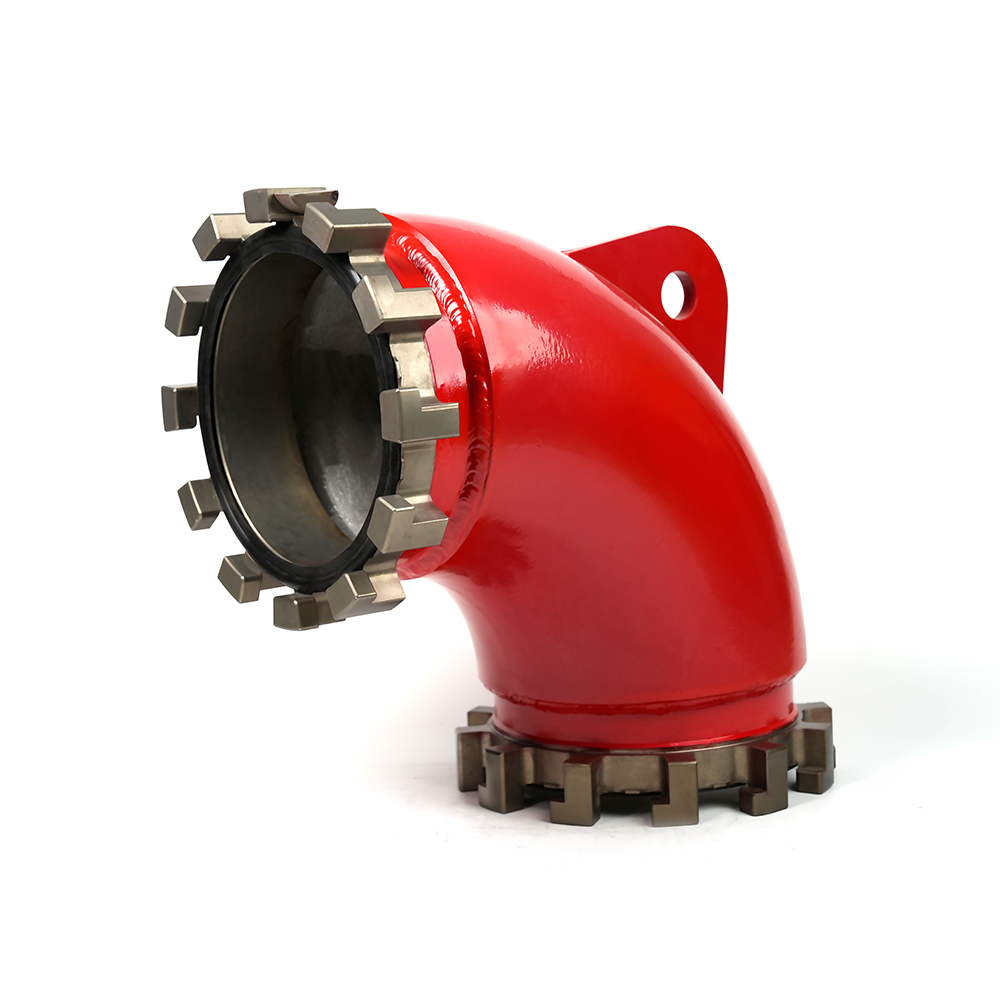 Grooved Fire Elbow-Multi-tooth
Grooved Fire Elbow-Multi-tooth
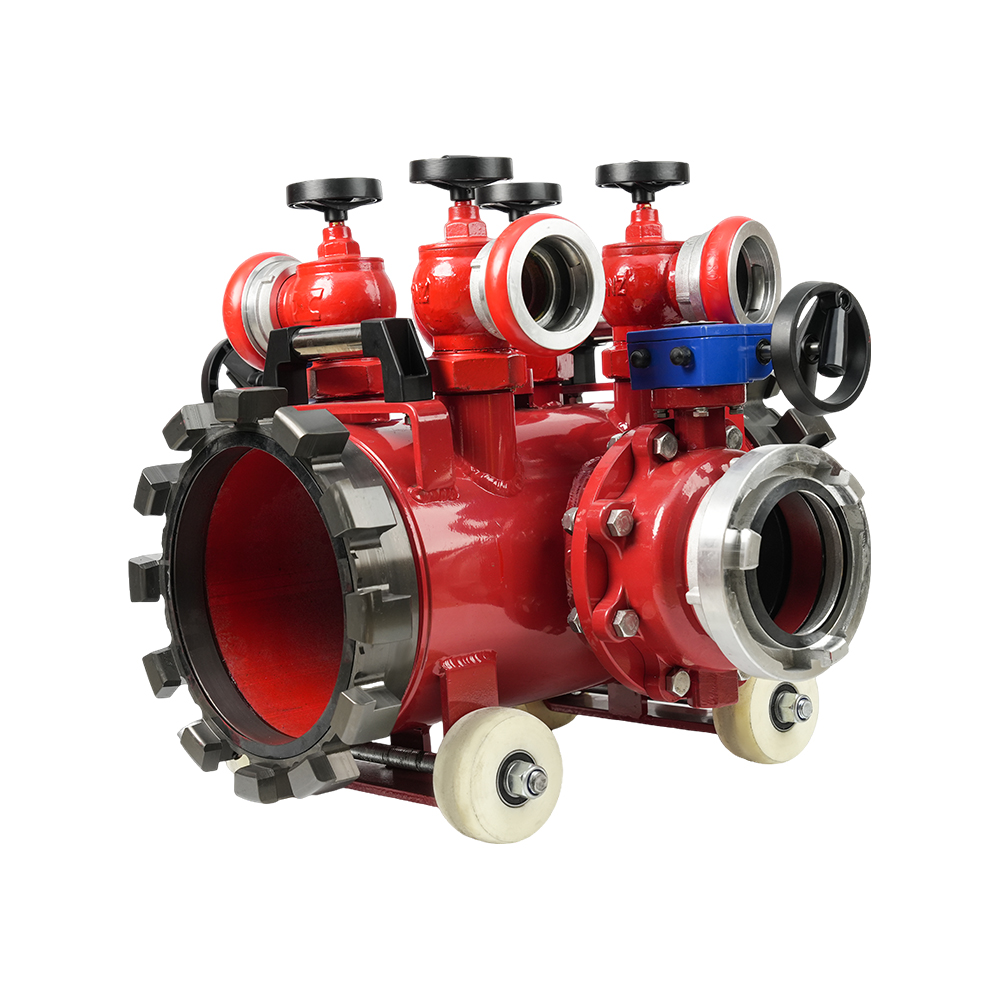 Multi-functional Fire Hose Distributor
Multi-functional Fire Hose Distributor
 Locking Four-Way Fire Hose Distributor
Locking Four-Way Fire Hose Distributor
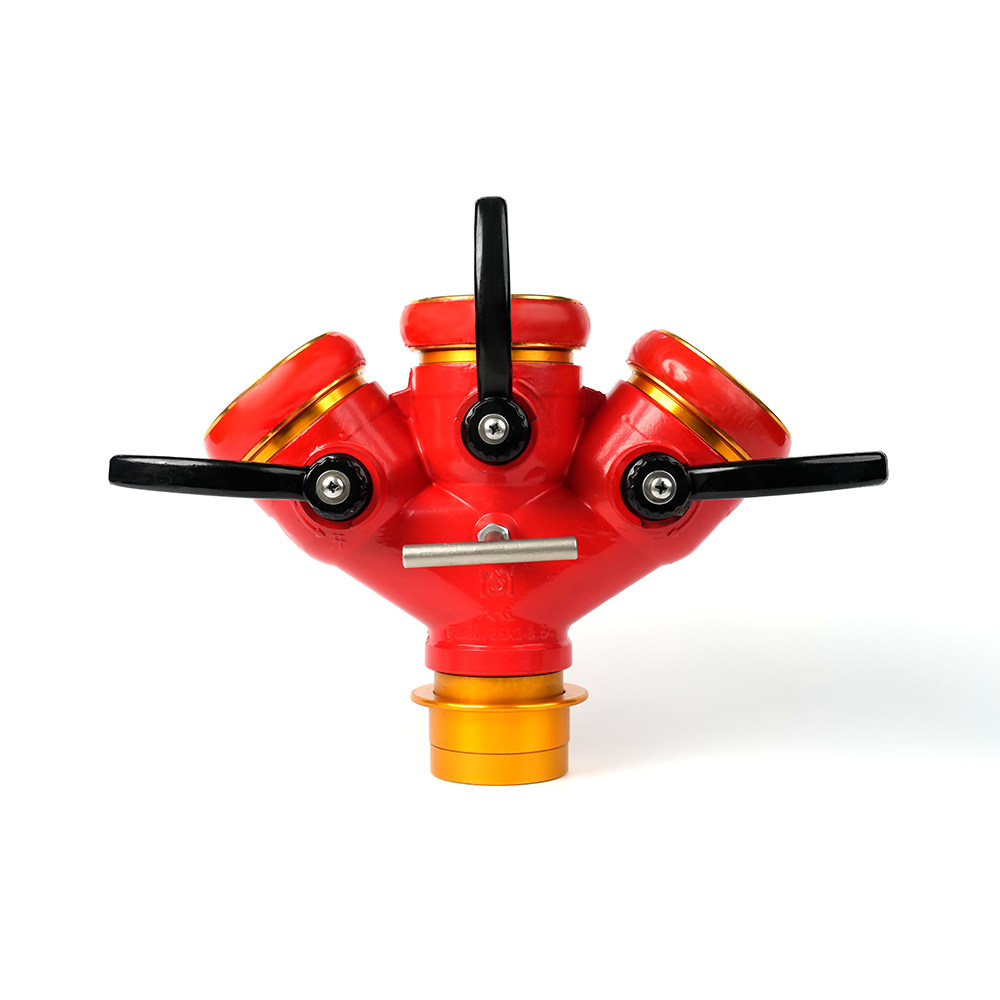 Locking Three-Way Fire Hose Distributor
Locking Three-Way Fire Hose Distributor
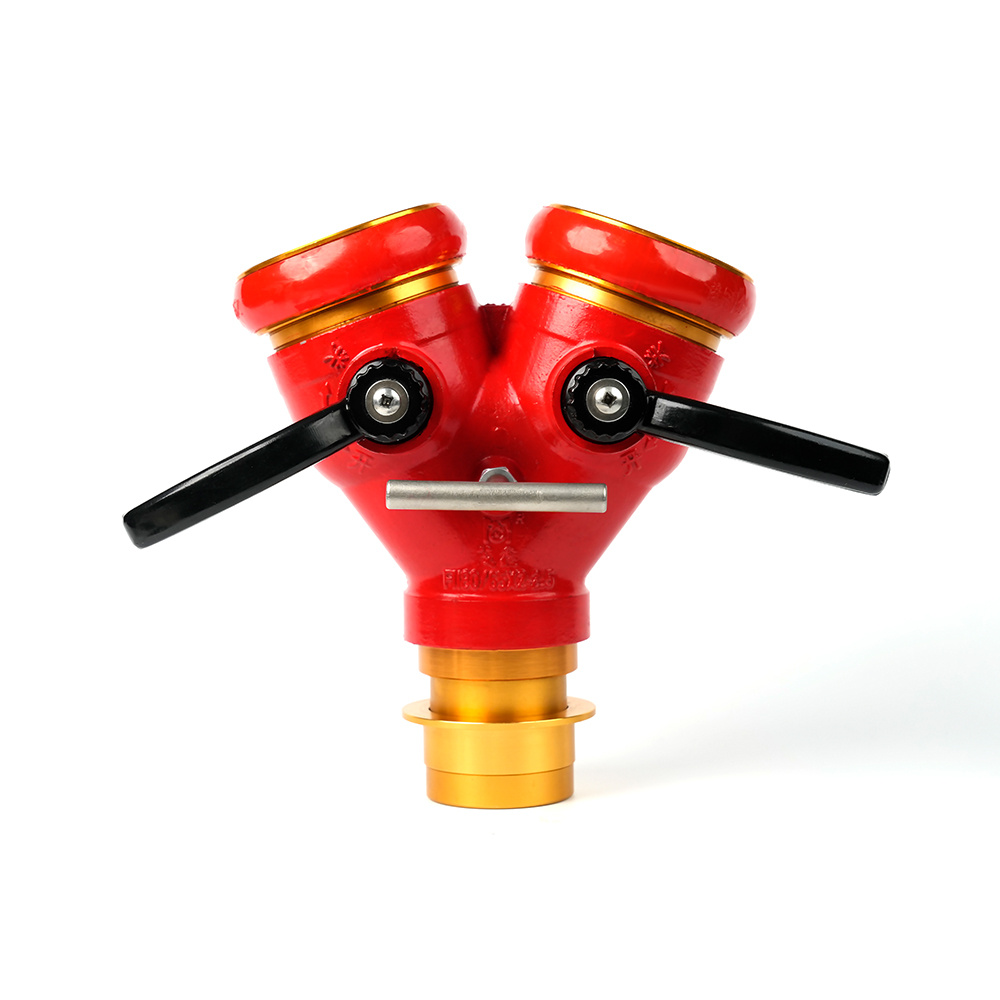 Locking Two-Way Fire Hose Distributor
Locking Two-Way Fire Hose Distributor
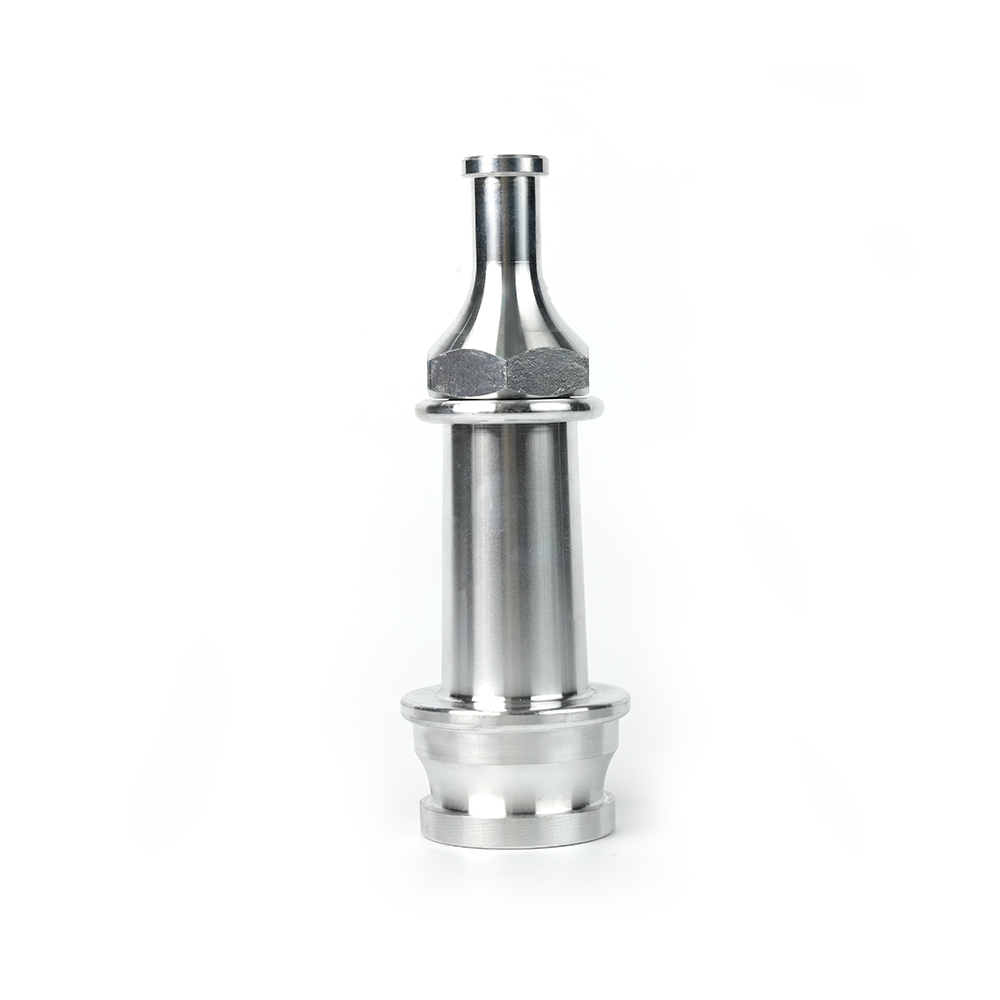 Straight Stream Nozzle
Straight Stream Nozzle
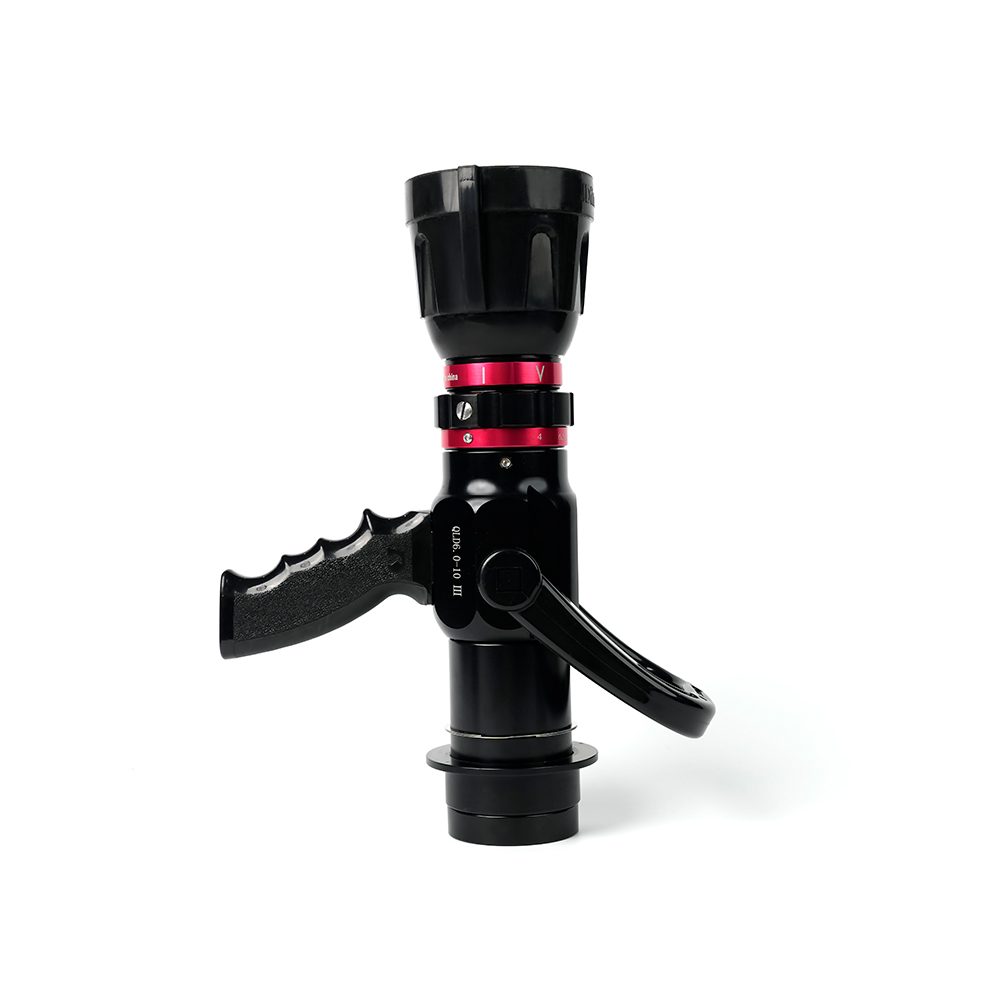 Adjustable nozzle-machino
Adjustable nozzle-machino
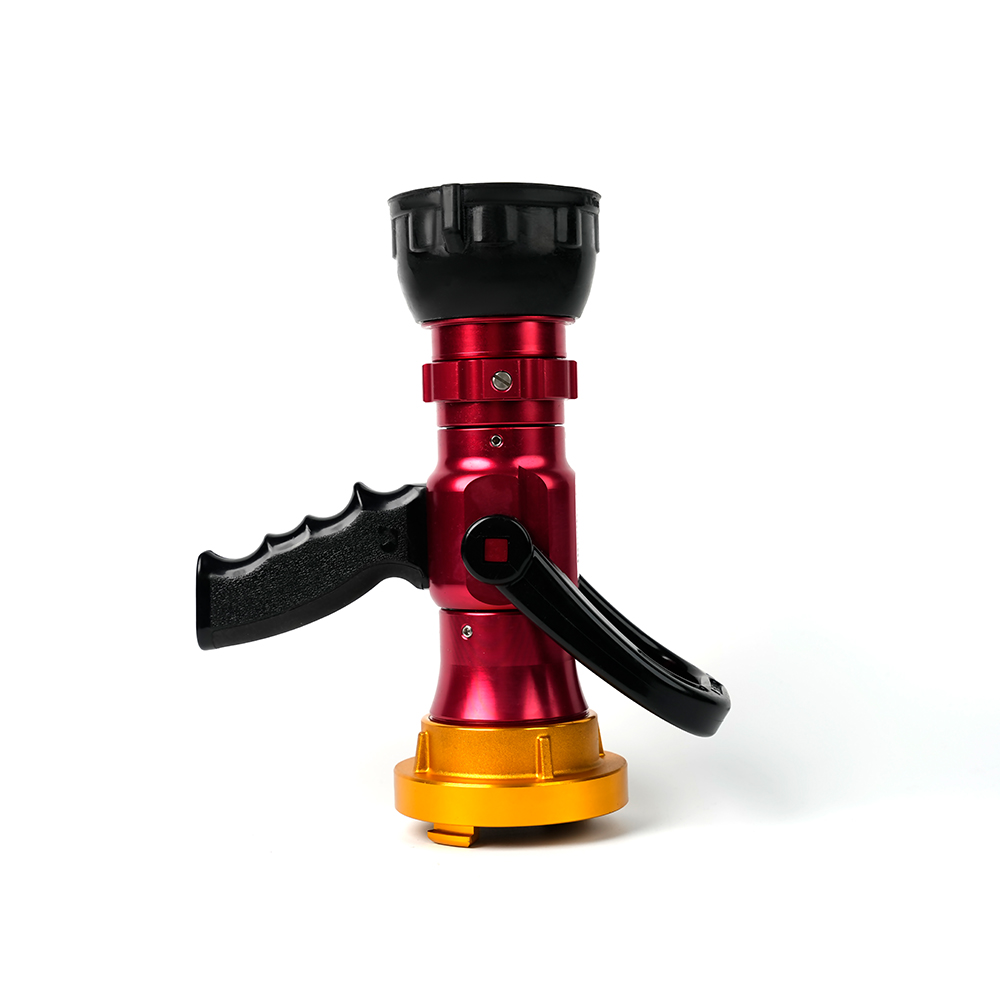 Adjustable nozzle-storz
Adjustable nozzle-storz
 Storz Adapter Couplings - Multi-Tooth
Storz Adapter Couplings - Multi-Tooth
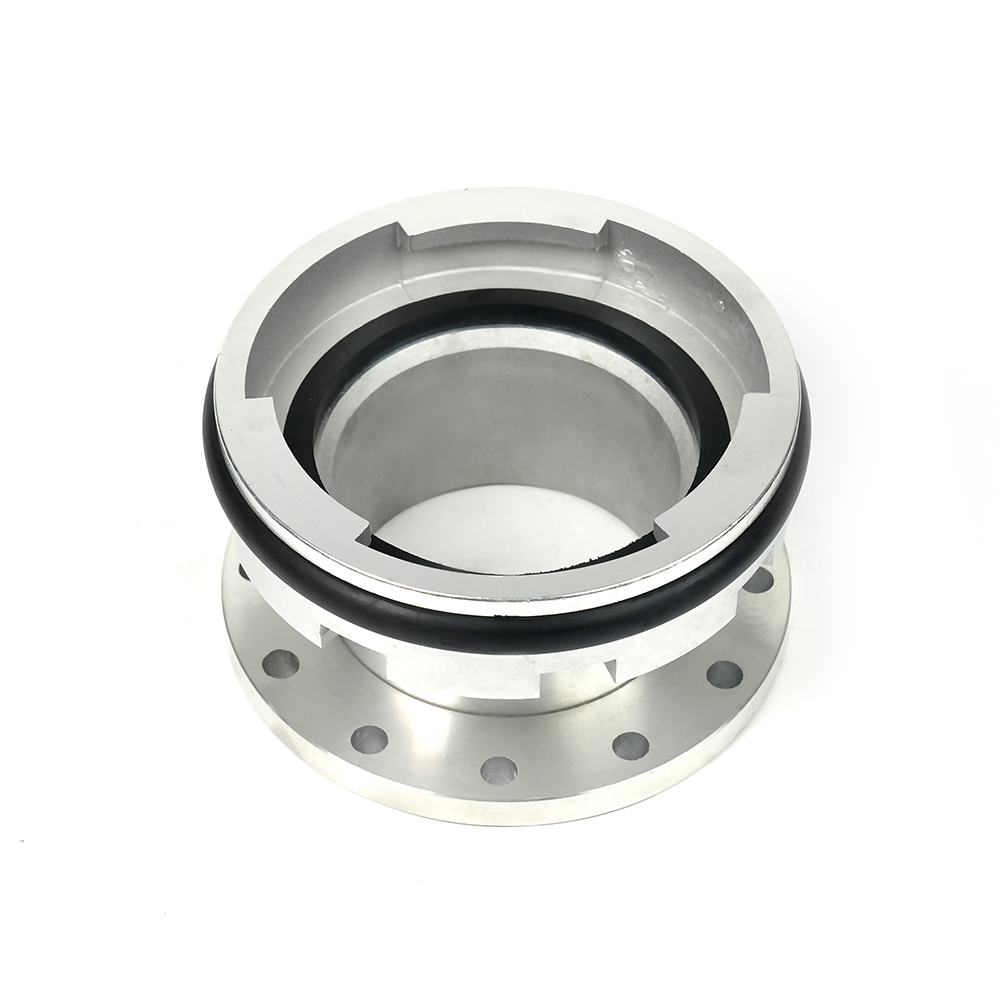 Machino Adapter Couplings – Flanged
Machino Adapter Couplings – Flanged
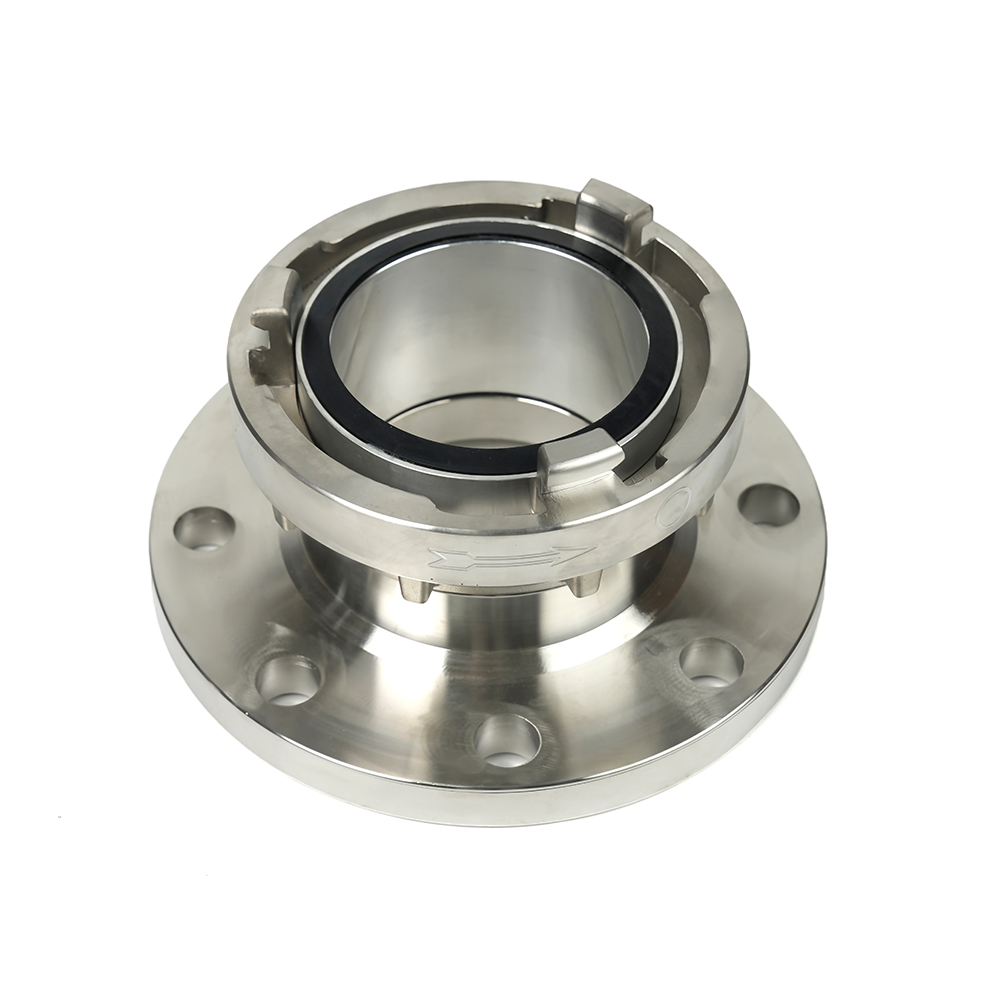 Storz Adapter Couplings – Flanged
Storz Adapter Couplings – Flanged